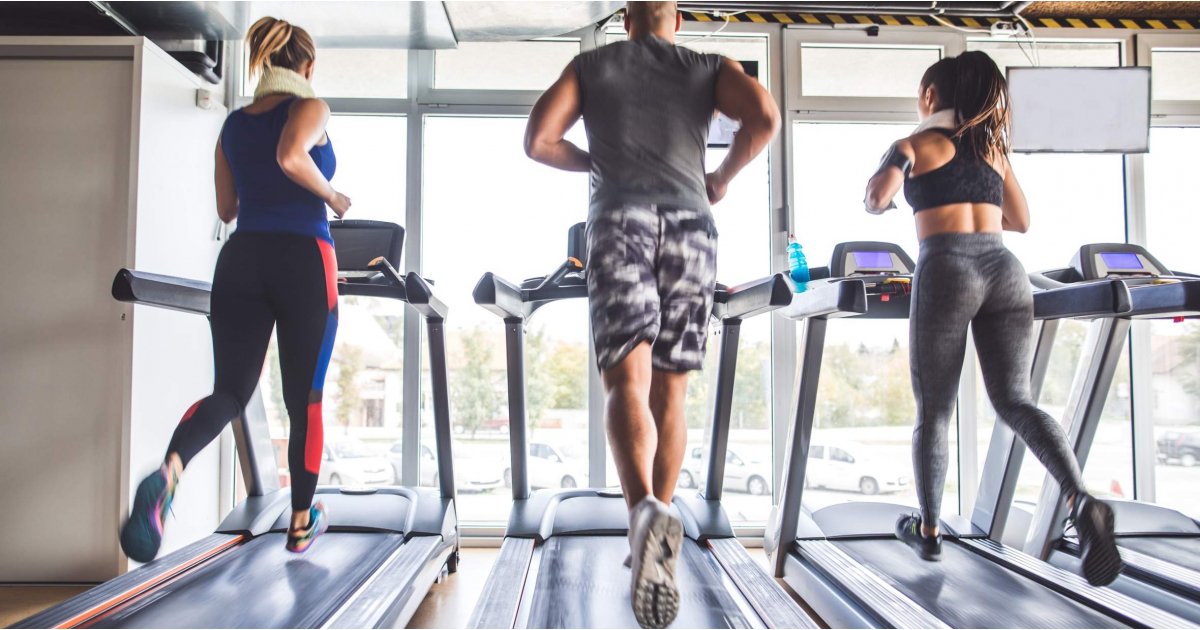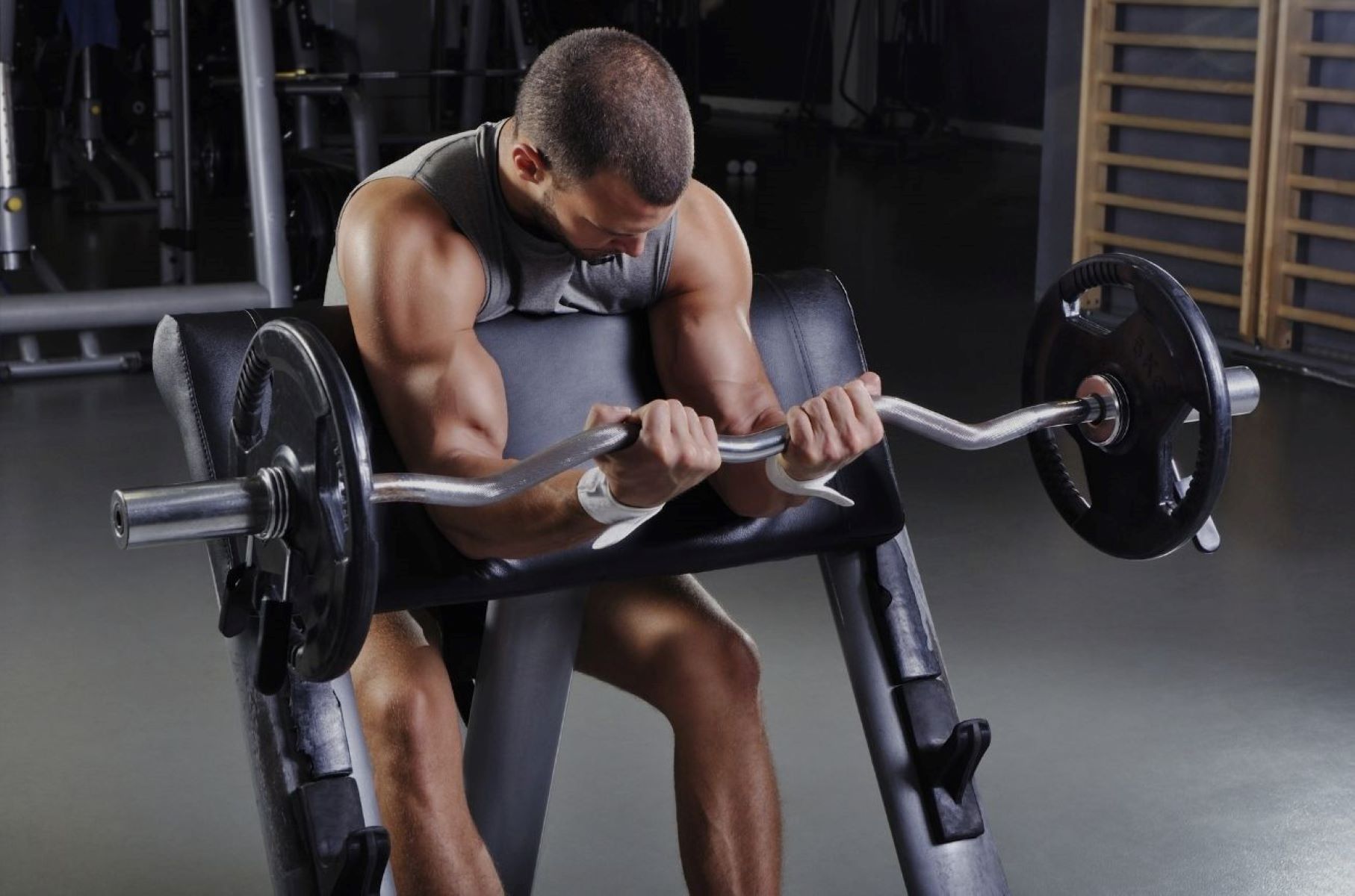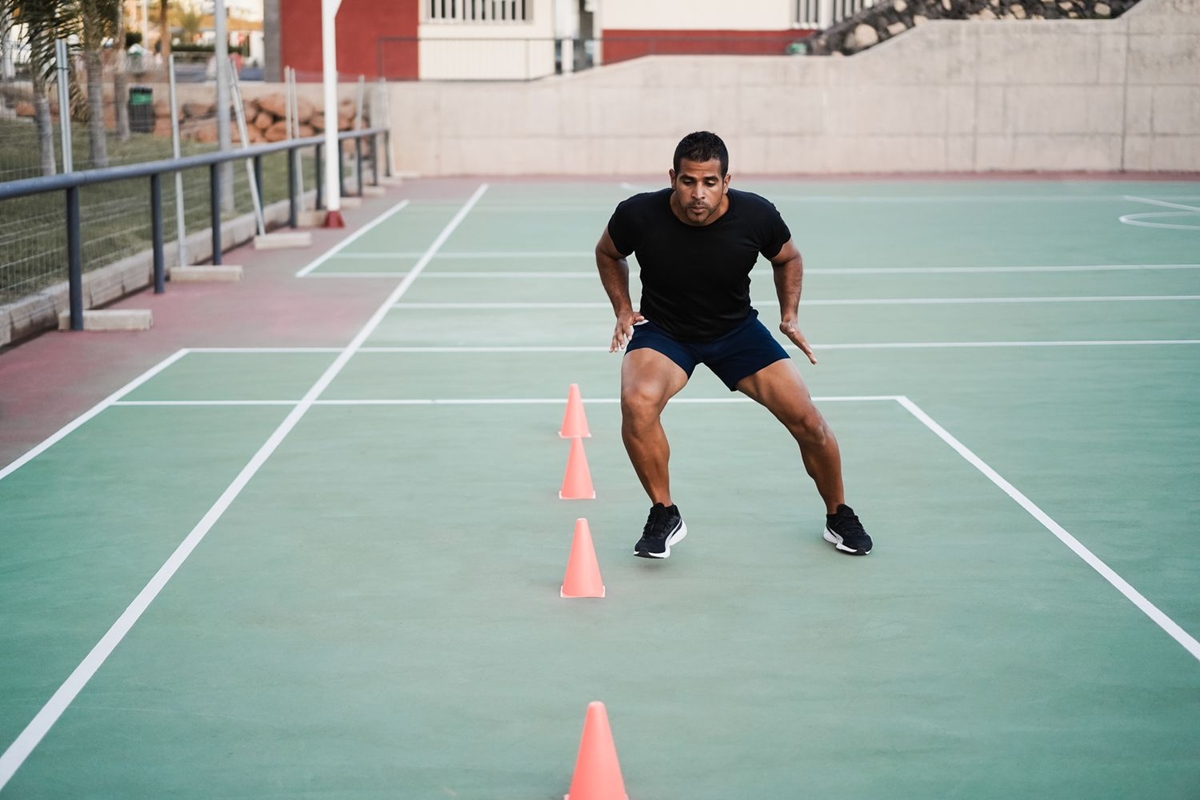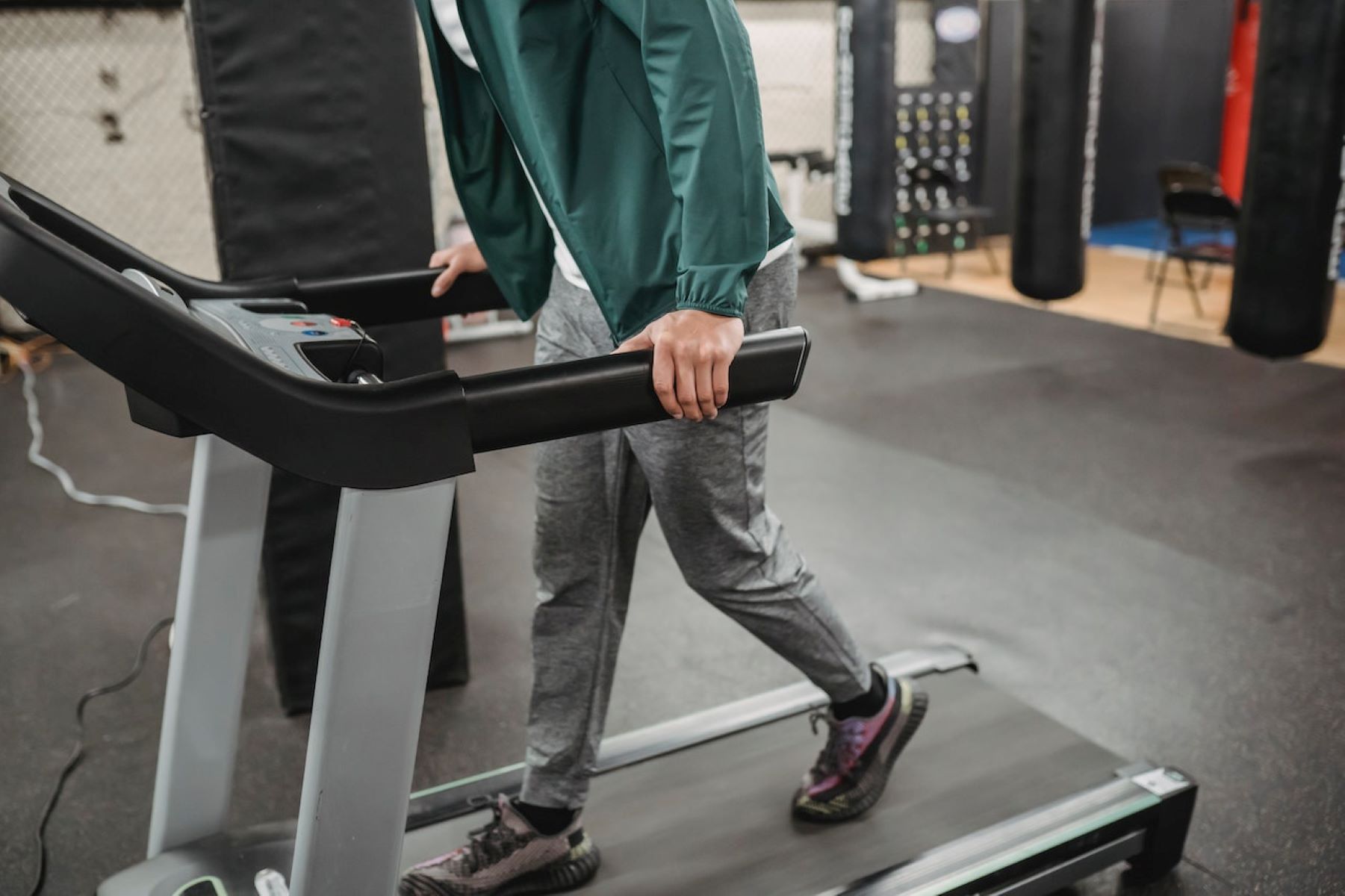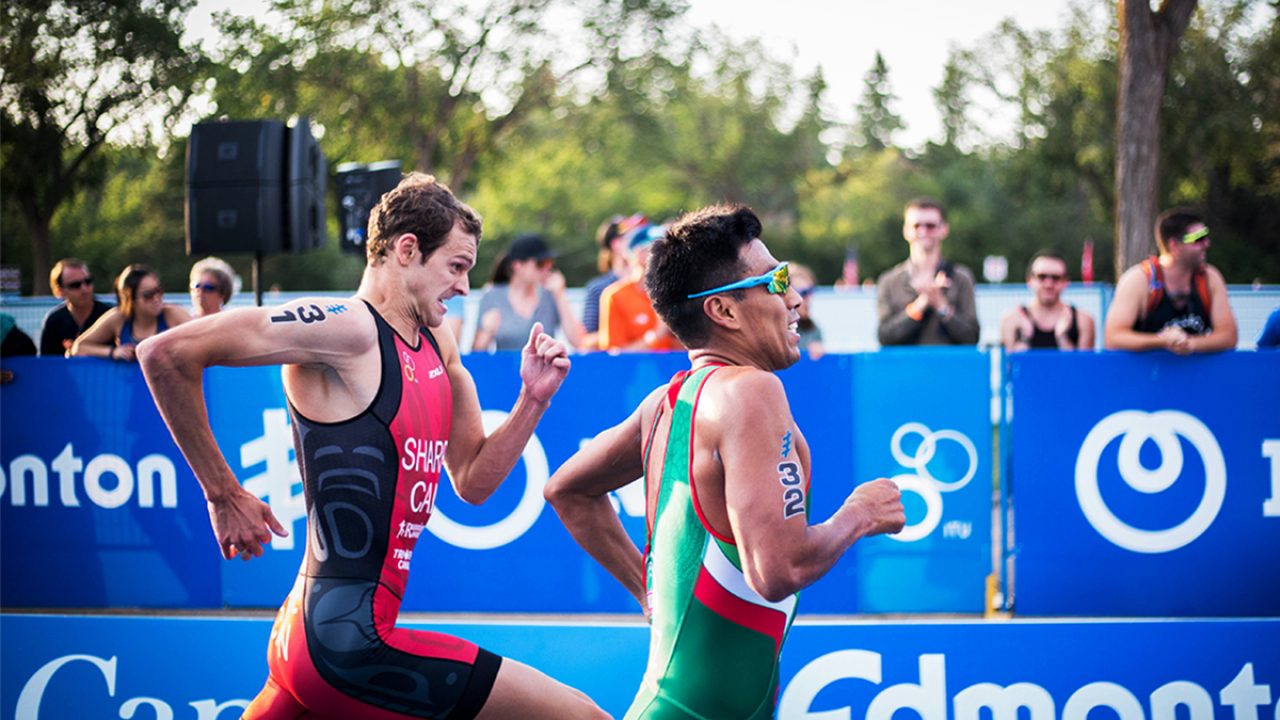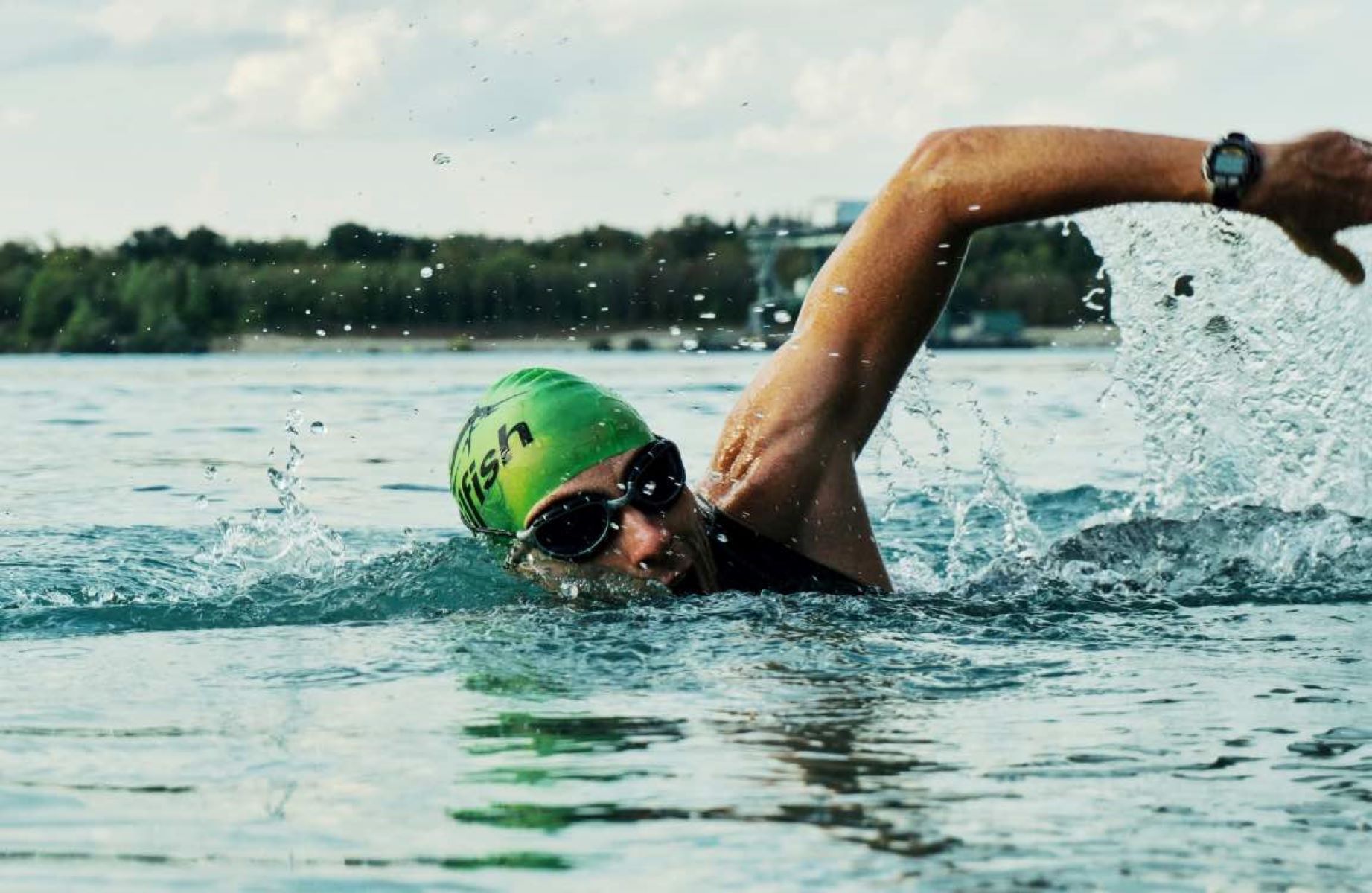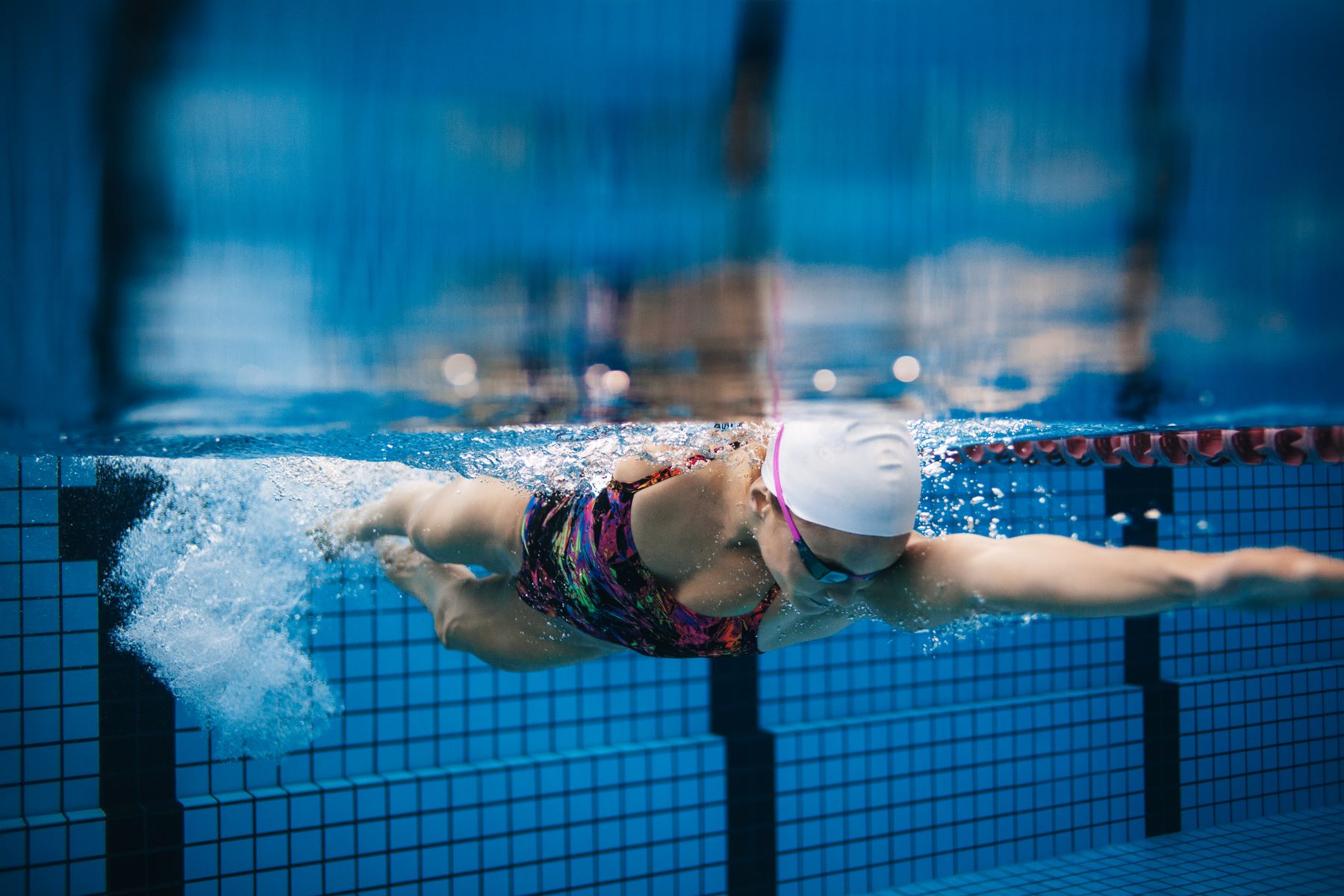

Featured
How Many Swim Laps Is A Good Workout
Modified: January 2, 2024
Looking to get fit with a swimming workout? Discover how many swim laps are ideal for a great workout, featured in this helpful guide.
Introduction
Swimming is a fantastic form of exercise that offers a multitude of benefits for both the body and the mind. Whether you are a beginner or a seasoned swimmer, incorporating swim laps into your workout routine can take your fitness journey to new heights. But how many swim laps should you aim for to ensure an effective and satisfying workout?
Before we delve into the specifics, let’s explore some of the incredible advantages that swimming offers. First and foremost, swimming is a low-impact activity that provides a full-body workout, engaging multiple muscle groups simultaneously. This makes it an ideal choice for individuals with joint issues or those recovering from injuries. Additionally, swimming helps to improve cardiovascular health, boost endurance, and increase flexibility.
Another benefit of swimming is its ability to burn calories. Depending on the intensity of your swim session and your body composition, you can burn anywhere between 400 to 700 calories in just an hour of swimming. Furthermore, swimming promotes weight loss by increasing metabolism and improving muscle tone.
Swimming also has a positive impact on mental well-being. The rhythmic motion and the sensation of gliding through the water can be meditative, reducing stress and promoting relaxation. Additionally, swimming releases endorphins, the feel-good hormones, which can improve mood and alleviate symptoms of anxiety and depression.
Now, when determining how many swim laps are needed for a good workout, there are several factors to consider. Each person’s fitness level, swimming technique, and goals will vary, so it’s important to take these into account when designing your swim lap routine.
Join me as we explore how to determine swim lap goals, what defines a good workout, and tips for designing a successful swim lap session to help you achieve your fitness aspirations.
Benefits of Swimming
Swimming is not only a refreshing and enjoyable activity, but it also offers a wide range of benefits for both the body and mind. Let’s dive into some of the key advantages that swimming provides:
- Full-body workout: Swimming engages various muscle groups simultaneously, making it an excellent form of exercise for toning and strengthening the entire body. From your arms and shoulders to your core and legs, all major muscle groups get a good workout.
- Low-impact exercise: Unlike activities like running or weightlifting, swimming is gentle on the joints and reduces the risk of impact-related injuries. This makes it suitable for people of all ages and fitness levels.
- Improved cardiovascular health: Swimming is an aerobic exercise that gets your heart rate up, increasing your cardiovascular endurance and improving the health of your heart and lungs.
- Weight management: Swimming is a great way to burn calories and maintain a healthy weight. Depending on the intensity of your swim session, you can burn a substantial number of calories, making it an effective tool for weight loss or maintenance.
- Increased flexibility: The water’s resistance and the range of motion required in swimming strokes contribute to improved flexibility over time. Regular swimming can help to lengthen and stretch your muscles, enhancing your overall flexibility.
- Reduced stress and improved mental well-being: Swimming has a calming and meditative effect. The rhythmic nature of swimming and the sensation of being in the water can help reduce stress, increase relaxation, and promote a sense of well-being. The release of endorphins during swimming can also improve mood and decrease symptoms of anxiety and depression.
- Enhanced lung capacity: Swimming utilizes controlled breathing techniques, which can improve lung function and capacity. This is beneficial not only for swimmers but also for individuals with respiratory conditions, such as asthma.
- Social engagement and fun: Swimming can be a social activity, whether you are participating in a water fitness class or swimming laps with friends or family. It provides an opportunity to bond, have fun, and enjoy time together while reaping the numerous health benefits.
With all these benefits, it’s easy to see why swimming is a popular exercise choice. Now, let’s explore how to determine the number of swim laps you should aim for to achieve an effective workout.
Factors to Consider
When determining the number of swim laps for your workout, it’s vital to take into consideration several factors that will influence your fitness level, goals, and overall swimming ability. Here are some key factors to consider:
- Fitness Level: Your current fitness level plays a significant role in determining the number of swim laps. Beginners may start with a lower number of laps and gradually increase as their fitness improves.
- Swimming Technique: The efficiency and proficiency of your swimming technique also impact the number of laps you can comfortably complete. If you have a solid technique, you can swim more laps without tiring as quickly.
- Time Availability: Consider the amount of time you have available for your swim session. There’s no point setting a lofty lap goal if you don’t have adequate time to reach it. Choose a lap goal that aligns with your schedule.
- Goals and Objectives: Clearly define your goals for swimming. Are you looking to improve your cardiovascular fitness, build endurance, lose weight, or simply enjoy a recreational swim? Your goals will determine the appropriate lap target.
- Intensity Level: The intensity at which you swim also affects the number of laps you can comfortably complete. Higher intensity swimming, such as interval training or sprint sets, may result in fewer laps compared to a steady, moderate pace.
- Rest and Recovery: Remember to factor in rest and recovery periods during your swim session. Allowing adequate rest intervals between laps will help to maintain proper form and prevent fatigue or injury.
It’s important to note that these factors are not mutually exclusive and can vary from person to person. Assessing these factors will help you set a lap goal that is realistic, achievable, and tailored to your individual needs.
Now that we have considered the factors, let’s move on to determining how many swim laps would constitute a good workout.
Determining Swim Lap Goals
Determining the number of swim laps that would constitute a good workout is a highly individualized process. It depends on your fitness level, goals, and the time you have available for swimming. Here are some steps to help you determine your swim lap goals:
- Assess your current fitness level: Evaluate your stamina, strength, and swimming proficiency. Knowing your starting point will help you set realistic swim lap goals.
- Define your objectives: Identify what you want to achieve through swimming. Whether it’s improving cardiovascular fitness, building endurance, or aiming for specific swimming milestones, having clear objectives will guide your lap goals.
- Consider time constraints: Evaluate how much time you can dedicate to swimming. This will help you establish a lap target that fits within your schedule.
- Gradual progression: Start with a manageable lap goal and gradually increase your laps over time. This allows your body to adapt and prevents burnout or overexertion.
- Listen to your body: Pay attention to your body’s signals during your swim sessions. If you feel fatigued or strained, it may be an indicator that you need to adjust your lap goals or take more rest breaks.
- Seek guidance if needed: If you’re a beginner or unsure about setting lap goals, consider consulting with a swim coach or fitness professional who can provide personalized advice and guidance.
Remember that swim lap goals are not set in stone. They can be adjusted as you progress and as your goals evolve. It’s essential to create a realistic and attainable plan that considers your unique circumstances.
Now that we have established how to determine swim lap goals, let’s explore what defines a good workout when it comes to swimming laps.
What Defines a Good Workout?
A good workout is subjective and will vary from person to person based on individual fitness levels, goals, and personal preferences. When it comes to swimming laps, several factors contribute to defining a good workout:
- Effort and Intensity: A good workout in swimming entails putting in a sufficient amount of effort and maintaining an appropriate intensity level. This can be achieved through various techniques, such as increasing the pace, incorporating interval training, or challenging yourself with different swimming strokes.
- Progress and Improvement: A good workout involves making progress and continually pushing your limits. This can include increasing the number of laps, improving your swimming technique, or achieving personal milestones you have set for yourself.
- Cardiovascular Challenge: An effective swim workout should elevate your heart rate and challenge your cardiovascular system. This can be achieved by maintaining a steady pace, incorporating interval sets, or engaging in higher-intensity swimming segments.
- Full-Body Engagement: A well-rounded swim workout engages multiple muscle groups in your body. Strive to work your upper body, lower body, and core by incorporating a variety of swimming strokes and utilizing proper technique to optimize muscle activation.
- Endurance Building: Building endurance is a key aspect of a good swim workout. Gradually increasing the number of laps or the overall distance covered helps improve your stamina and enhances your ability to swim for longer durations.
- Enjoyable Experience: A good workout should also be enjoyable and leave you with a sense of satisfaction and accomplishment. Find ways to make your swim sessions enjoyable, whether it’s by listening to music, swimming with a friend, or challenging yourself with new goals.
Remember, a good swim workout is about finding a balance between pushing yourself and listening to your body. It’s important to challenge yourself without overexerting or risking injury. Regularity and consistency are key in order to see improvements over time.
Now that we understand what defines a good workout in swimming, let’s explore how to design a swim lap workout that aligns with your fitness goals.
How to Design a Swim Lap Workout
Designing a swim lap workout involves carefully planning and structuring your swim session to meet your specific fitness goals. Here are some steps to help you create an effective swim lap workout:
- Determine your objectives: Clearly define what you want to achieve through your swim workout. Is it building endurance, improving speed, increasing strength, or a combination of these?
- Warm-up: Start your swim workout with a warm-up to prepare your body for the main session. This can consist of light swimming, dynamic stretches, or exercises that specifically target the muscles used in swimming.
- Main set: This is the core of your swim lap workout. Depending on your goals, you can structure the main set to focus on different aspects, such as endurance, speed, or technique. Incorporate a combination of swimming strokes and interval training to keep the workout challenging and engaging.
- Cool-down: After completing the main set, include a cool-down period to gradually lower your heart rate and stretch your muscles. This can involve easy swimming or gentle exercises to promote recovery.
- Interval training: Interval training is an effective way to improve both speed and endurance. Incorporate timed intervals where you alternate between higher intensity swimming (e.g., sprinting or fast-paced laps) and recovery periods of lower intensity or rest.
- Progressive overload: Gradually increase the intensity, duration, or distance of your swim sessions over time to challenge your body and continuously make progress toward your goals. This can involve increasing the number of laps, reducing rest intervals, or adding more challenging sets.
- Include variety: Avoid monotony by incorporating different swimming strokes, drills, and workouts. This not only keeps your sessions interesting but also helps to work different muscles and improve overall swimming technique.
- Listen to your body: Pay attention to how your body responds to the workout. If you feel fatigued or experience any pain or discomfort, take appropriate rest breaks or modify the intensity to avoid injury.
Remember, it’s essential to tailor your swim lap workout to your individual needs and abilities. If you’re unsure how to structure your workouts, consult with a swim coach or fitness professional who can provide personalized guidance based on your goals and skill level.
Now let’s explore some essential tips for a successful swim lap session to ensure you get the most out of your workouts.
Tips for a Successful Swim Lap Session
To make the most of your swim lap sessions, consider incorporating these tips for a successful and rewarding workout:
- Proper technique: Focus on maintaining proper swimming technique throughout your lap session. This ensures optimized efficiency and reduces the risk of injury. If needed, seek guidance from a swim coach to improve your technique.
- Breathing rhythm: Mastering a breathing rhythm is crucial. Coordinate your breathing with your strokes to maintain a steady pace and increase your endurance. Practice different breathing patterns to find what works best for you.
- Use swim aids: Utilize swim aids like kickboards, pull buoys, or fins to vary your workouts and target specific areas of your body. These aids can help improve strength, technique, and overall swim performance.
- Set realistic goals: Set achievable and realistic goals for each swim lap session. Gradually increase the number of laps, lap time, or intensity to challenge yourself without overwhelming your body.
- Stay hydrated: Drink plenty of water before, during, and after your swim lap session to stay hydrated. Dehydration can lead to fatigue, cramping, and decreased performance.
- Wear appropriate swimwear: Opt for comfortable and well-fitting swimwear that allows for a full range of motion. This ensures you can move freely and maintain proper body alignment in the water.
- Plan rest intervals: Include rest intervals between sets or laps to allow your body to recover. Proper rest intervals help maintain good form and prevent muscle fatigue or strain.
- Track your progress: Keep a record of your swim lap sessions to track your progress over time. This allows you to see improvements in terms of lap times, distances covered, or overall fitness levels.
- Bring a waterproof watch: Consider wearing a waterproof watch to keep track of your swim time or set intervals. This helps you stay on track with your lap goals and keeps your workout structured.
- Listen to music: If allowed in your swimming facility, listening to music during your swim lap session can provide motivation and help you maintain a consistent rhythm.
- Enjoy the process: Finally, remember to enjoy the experience of swimming laps. Focus on the sensation of being in the water, the rhythmic nature of your strokes, and the overall joy of swimming.
By applying these tips, you can enhance your swim lap sessions, improve your performance, and stay motivated on your fitness journey.
Now let’s explore how you can monitor your progress and make appropriate adjustments to your swim lap workouts.
Monitoring Progress and Making Adjustments
Monitoring your progress and making adjustments to your swim lap workouts is essential for continued improvement and achieving your fitness goals. Here are some strategies for effectively tracking your progress and making necessary adjustments:
- Keep a swim log: Maintain a swim log or journal to record your lap times, distances, and any additional notes about your workouts. This allows you to track your progress over time and identify areas for improvement.
- Measure lap times: Use a stopwatch or a waterproof watch to measure your lap times. Regularly check and compare your times to assess improvements in speed and efficiency.
- Track distance covered: Keep track of the total distance covered in each swim lap session. Gradually increase the distance to challenge yourself and build endurance.
- Assess technique and form: Regularly evaluate your swimming technique and form. Seek feedback from a coach or swimming partner to identify areas that need improvement and make necessary adjustments to enhance your performance.
- Listen to your body: Pay attention to how your body feels during and after each swim lap session. Notice any patterns of fatigue, muscle soreness, or discomfort, which may indicate the need for adjustments in intensity, rest intervals, or stroke techniques.
- Set new goals: As you make progress and reach your initial swim lap goals, set new ones to keep yourself motivated and challenged. This can be increasing the number of laps, reducing lap times, or mastering a new swimming stroke.
- Consult with a professional: Consider seeking guidance from a swim coach or fitness professional to assess your progress and make appropriate adjustments to your swim lap workouts. They can provide expert advice and personalized recommendations based on your specific goals and abilities.
- Periodize your training: Incorporate periods of focused training with specific goals, followed by recovery phases. This allows your body to adapt, prevents stagnation, and reduces the risk of overtraining.
- Embrace cross-training: Supplement your swim lap sessions with other forms of exercise to enhance overall fitness. Activities like strength training, yoga, or cardio workouts can complement your swimming routine and improve performance in the water.
- Stay motivated: Celebrate your achievements and stay motivated throughout your swim lap journey. Set small milestones, reward yourself for reaching them, and surround yourself with a supportive swimming community to stay inspired.
Remember, progress may not always be linear, and there will be ups and downs along the way. By closely monitoring your progress and making necessary adjustments, you can continue to challenge yourself, improve your swim lap workouts, and reach new levels of swimming success.
Now that we have explored ways to monitor progress and make adjustments, let’s conclude our discussion on swimming lap workouts.
Conclusion
Swimming laps is an excellent way to achieve a full-body workout while enjoying the numerous benefits of being in the water. By incorporating swim lap sessions into your fitness routine, you can improve cardiovascular health, build endurance, increase strength, and enhance overall well-being.
When setting swim lap goals, it’s important to consider factors such as fitness level, swimming technique, goals, and available time. By assessing these factors, you can establish realistic lap targets that align with your individual needs and abilities.
A good swim lap workout is characterized by effort, progression, cardiovascular challenge, full-body engagement, enjoyment, and the continuous pursuit of improvement. Designing a swim lap workout involves structuring warm-up, main set, and cool-down periods, incorporating interval training, and gradually increasing intensity and distance to ensure a balanced and challenging routine.
Monitoring progress and making adjustments are key to maintaining motivation and achieving long-term goals. By keeping track of lap times, distances covered, technique improvements, and listening to your body, you can assess progress, identify areas for improvement, and make necessary adjustments to optimize your swim lap workouts.
Remember to stay hydrated, wear appropriate swimwear, and practice proper technique during your swim lap sessions. Set realistic goals, stay motivated, and enjoy the process of swimming laps as you work towards achieving your fitness aspirations.
So, dive in, embrace the rhythm of the water, and make each swim lap session a fulfilling and enjoyable part of your fitness journey.

